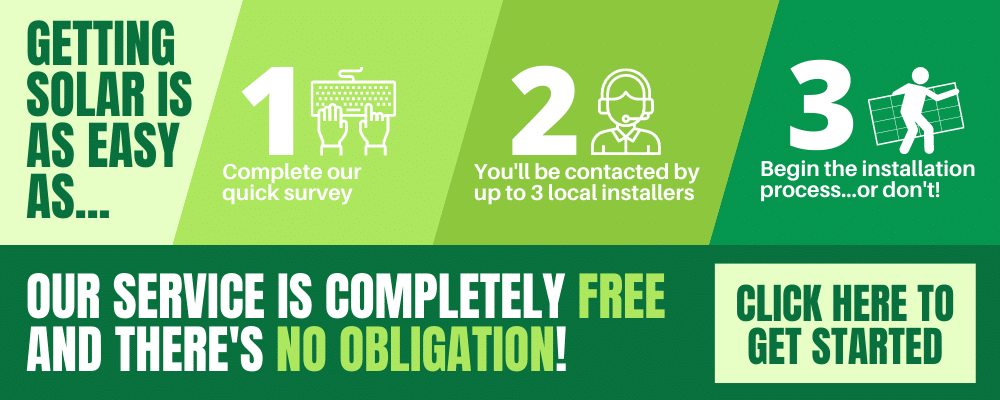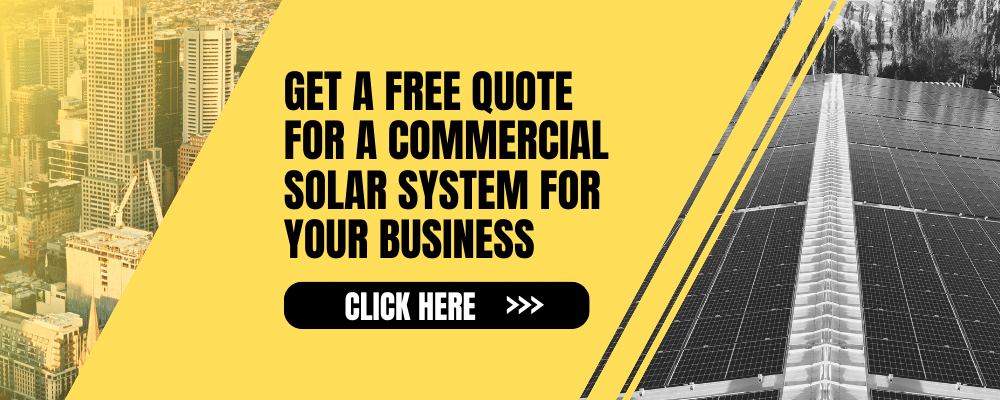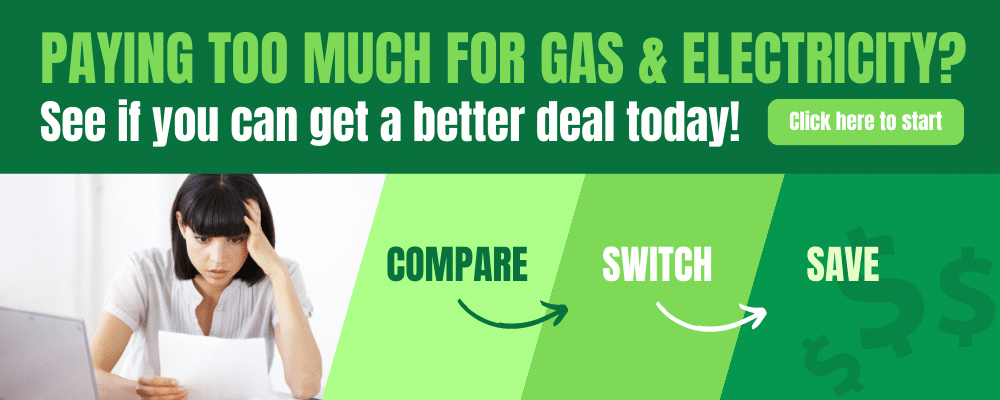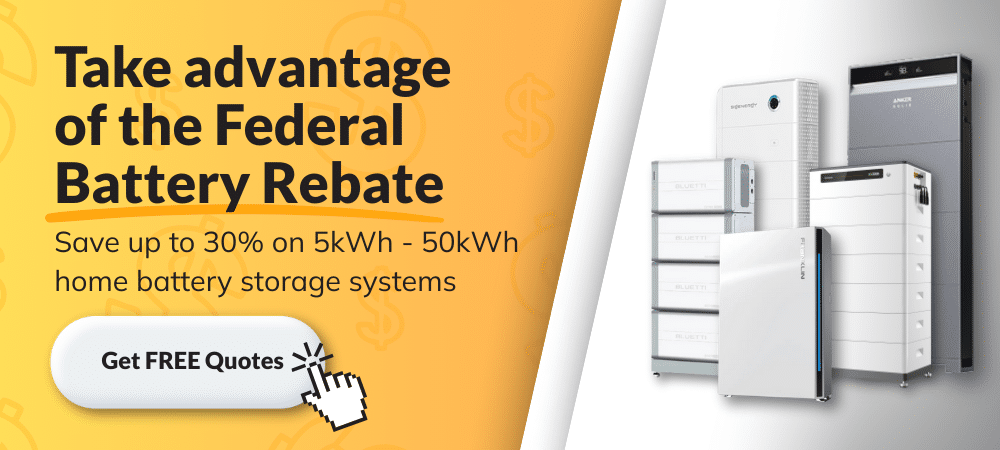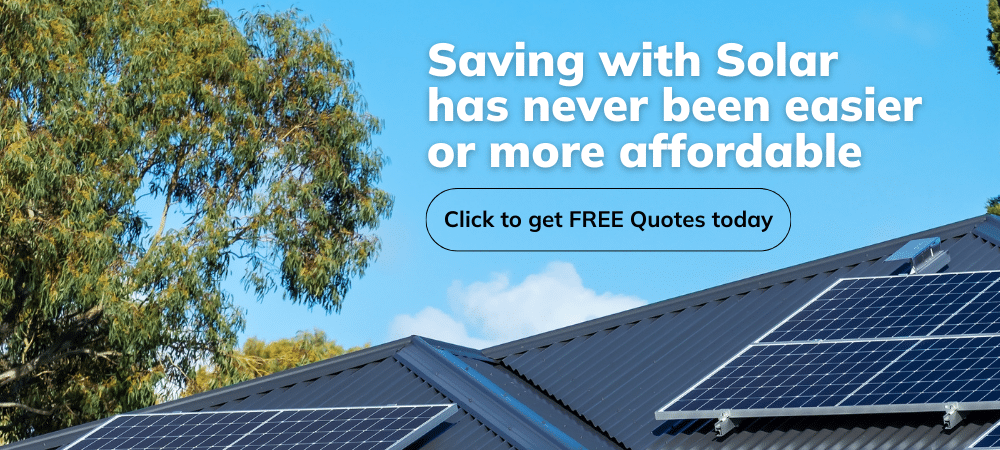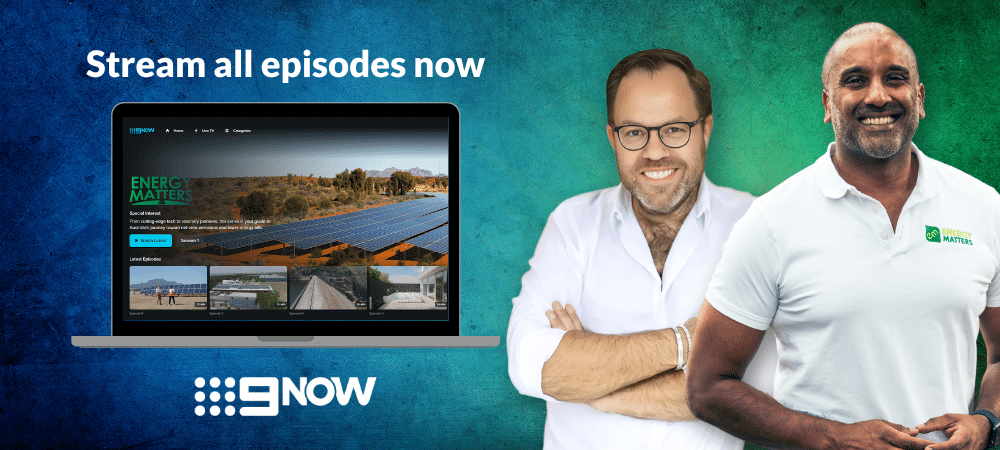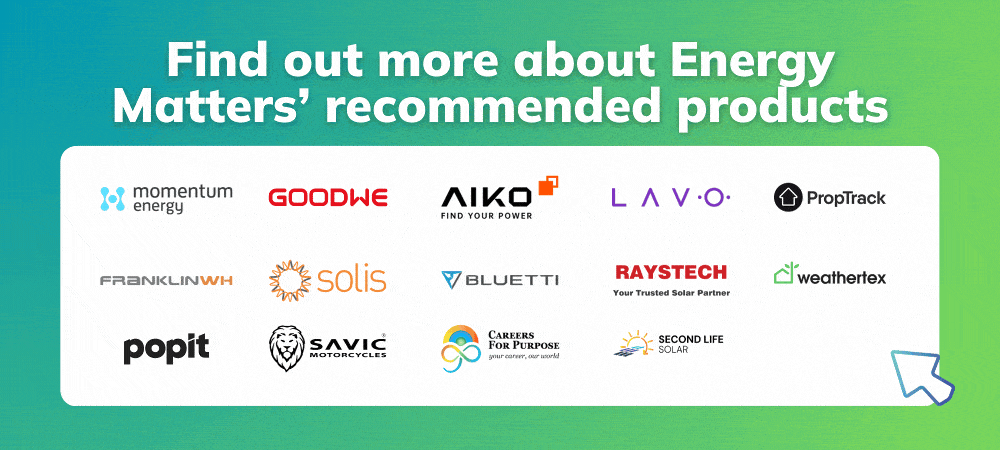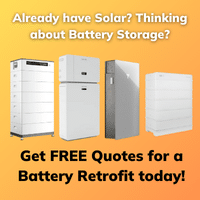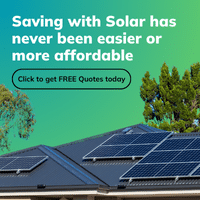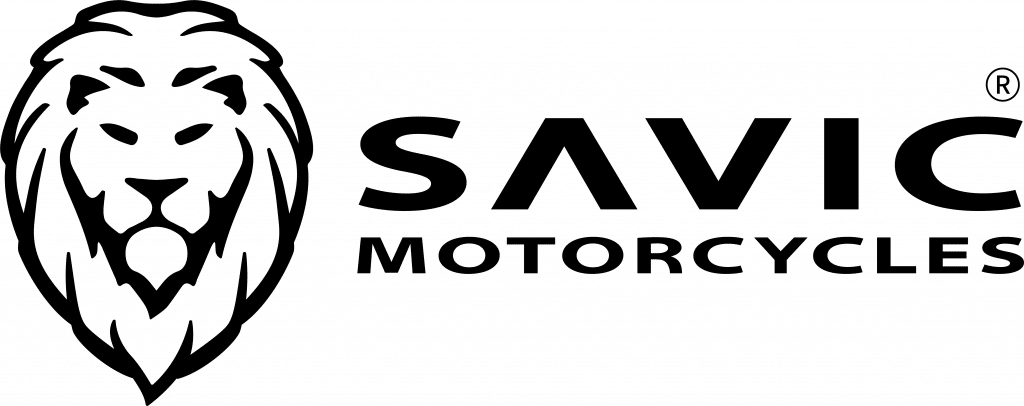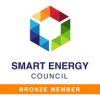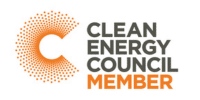Over 11,747 small-scale systems have been installed in Cairns, Queensland (QLD) with a collective capacity of 89,139 kW. This growing adoption reflects the area’s commitment to renewable energy, with solar panels becoming a common feature in local homes. In fact, approximately 25-30% of homes in Cairns are now equipped with solar panels, a trend that aligns with both environmental goals and cost-saving strategies for residents.
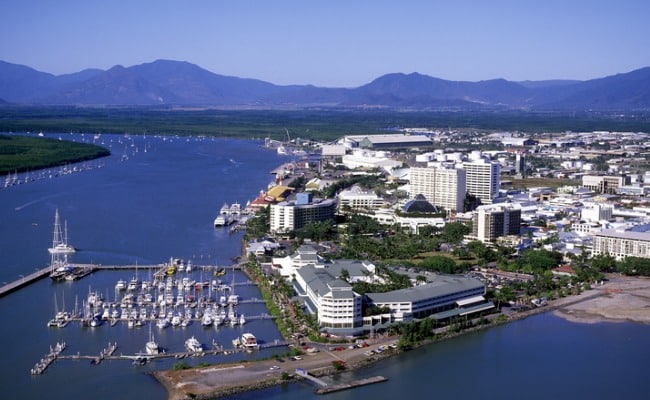
On this page
Cairns solar statistics
Cairns boasts ideal sun exposure for fantastic solar output throughout the year. Let’s take a look at some of the important factors that impact solar production in Adelaide.
| Month | Avg. Solar Hours (Peak Sun Hours) | Avg. High Temp (°C) | Avg. Low Temp (°C) | Avg. Cloud Cover (%) |
|---|---|---|---|---|
| Jan | 6.5 | 29.3 | 23.8 | 50 |
| Feb | 6.7 | 29.4 | 24.3 | 50 |
| Mar | 6.5 | 28.3 | 23.4 | 50 |
| Apr | 7 | 27.0 | 22.0 | 47 |
| May | 7 | 24.9 | 19.8 | 45 |
| June | 6 | 23.7 | 18.0 | 47 |
| July | 6 | 23.2 | 17.2 | 48 |
| Aug | 6 | 24.0 | 18.0 | 48 |
| Sept | 7.5 | 25.8 | 20.5 | 42 |
| Oct | 8 | 27.3 | 22.3 | 40 |
| Nov | 9 | 28.5 | 23.0 | 45 |
| Dec | 8.5 | 29.2 | 24.0 | 48 |
Data: Climates to Travel, Weather Atlas
- Average Solar Hours: Cairns enjoys relatively high solar irradiance year-round, with the highest peak sun hours of about 9 hours per day in November. Solar hours remain strong throughout the year, averaging 6 to 8 hours per day, especially during the dry season (May–October).
- Temperature Ranges: Cairns experiences a tropical climate with warm to hot temperatures year-round. Average high temperatures peak at around 29.4°C in January and December, while lows remain mild, averaging around 23°C during the wet season. During the cooler months (June–August), average highs range from 23°C to 24°C, with lows around 17–18°C.
- Cloud Cover: Cloud cover is relatively high throughout the year, particularly in the wet season (November–March), where it averages around 50%. However, cloud cover decreases in the dry season (April–October), with lower percentages of cloud cover contributing to more sunlight and clearer skies.
Cairns homes with a solar system
11,281
Cairns homes with battery storage
Unknown
Queensland EV ownership
46,200
Figures updated 2024
Why Solar and Battery Storage are essential for Cairns homes and businesses
Solar panels and battery storage are crucial for Cairns, offering several key benefits:
- Reliable Solar Energy: Bendigo enjoys strong solar potential, especially in summer with up to 7.5 peak sun hours per day. This makes solar an ideal choice for reducing reliance on grid electricity year-round.
- Cost Savings: Solar systems lower energy bills, and when combined with battery storage, they allow homes and businesses to store excess energy for later use, minimising peak-time energy costs.
- Energy Independence: Solar power with battery storage provides homes and businesses with more control over their energy supply, ensuring power availability even during outages.
- Environmental Benefits: Solar energy is clean and renewable, helping to reduce carbon footprints and align with global sustainability goals.
- Incentives: Government rebates and incentives make solar and battery storage more affordable for Bendigo residents and businesses, further boosting the financial benefits.
City of Cairns suburbs
The following suburbs can enjoy the benefits of solar and battery storage. Contact your council to find out if your home has any restrictions or heritage overlays that may impact the installation of solar on your home or business.
- Aeroglen – 4870
- Barron – 4878
- Bayview Heights – 4868
- Brinsmead – 4870
- Bungalow – 4870
- Cairns City – 4870
- Cairns North – 4870
- Edmonton – 4869
- Freshwater – 4870
- Greater Cairns (includes Cairns suburbs) – 4870
- Kewarra Beach – 4879
- Manoora – 4870
- Mount Sheridan – 4868
- Mooroobool – 4870
- Redlynch – 4870
- Smithfield – 4878
- Trinity Beach – 4879
- Whitfield – 4870
Rebates and Incentives for Solar, Batteries, and more in Cairns
Small-scale Technology Certificate (STC)
Having solar panels in Brisbane entitle homeowners to several rebates and incentives. The Small-scale Technology Certificate (STC) is one. Homeowners who install Brisbane solar panels or a solar hot water system are eligible for STCs that can be sold on an open market or given to a solar installer in Brisbane to get a huge discount on your solar system.
The price per STC varies depending on the supply and demand. Additionally, the number of STCs you will get will depend on your system size and location.
Feed-in Tariff (FiT)
Another one is the Feed-in Tariff (FiT), which provides homeowners credit for every kWh of electricity that their solar system in Brisbane feeds back into the grid. The credit is applied by your energy retailer and you will see it as a discount on your electricity bill. There are some energy retailers that offer higher FiTs which is why it is important to compare energy retailers.
The QLD state government currently do not offer any rebates for solar. Stay up to date with solar rebates and incentives here.
How much can I save with solar in Cairns?
In Adelaide, the savings from installing a solar system depend on its size and your energy consumption. Here’s a breakdown of potential savings for different system sizes:
5 kW system:
- Estimated annual output: Approximately 6,643 kWh.
- Savings: Based on an average electricity cost of around 30 cents per kWh, you could save about $1,993 annually by self-consuming the majority of your solar power, assuming you use around 80% of the generated power.
6.6 kW system:
- Estimated annual output: Roughly 8,831 kWh.
- Savings: Estimated annual savings could reach about $2,649, assuming similar self-consumption rates.
8 kW system:
- Estimated annual output: Approximately 10,950 kWh.
- Savings: You could save around $3,285 per year if you consume most of this power.
10 kW system:
- Estimated annual output: Around 13,250 kWh.
- Savings: With this system size, potential annual savings could be about $3,975.
Key points to consider:
- Feed-in Tariffs: Any excess power fed back into the grid is typically compensated at rates between 3 to 12 cents per kWh, which can affect overall savings.
- Government incentives: The federal government offers incentives through Small-scale Technology Certificates (STCs), which can cover up to 30% of installation costs.
- Payback period: The average payback period for solar installations in Adelaide ranges from 3.4 to 3.9 years
Energy Matters’ solar and battery installation services in Cairns
Energy Matters proudly serves Cairns by connecting homes and businesses with local and trusted installers. Our network of solar companies provides high-quality solar and battery installations, ensuring that residents and businesses can benefit from solar technology tailored to Cairns’ unique environment.
- Solar panel installation: With extensive knowledge of solar panel installation QLD, Energy Matters connects you with installers who will provide expert consultations to identify the most effective systems, allowing customers to benefit from Cairns’ abundant sunlight and achieve maximum energy savings.
- Battery storage solutions: Offering advanced storage solutions from a range of quality manufacturers, Our installers help our customers enhance their solar installation Cairns setup with reliable backup options.
- Ongoing support and maintenance: Support and maintenance services ensure that solar system installation Cairns customers can rely on their systems year-round, optimising efficiency and performance.
- Financing options and incentives: Our network of installers offers flexible financing and guides home and business owners through local rebate options, making solar installations Cairns accessible to more residents.
Energy Matters is here to help you find the best solar system installation company in Cairns.
Energy efficient upgrades
Saving on your energy bills goes deeper than just solar and battery storage. Upgrading your home appliances can see significant reductions in your bills and your environmental impact. Here are just some of the energy efficiency upgrades you can make in your home and business:
- Hot water system: Solar hot water systems and heat pumps
- Energy and water-efficient appliances: Dishwashers, refrigerators, washing machines, dryers, and air conditioners
- Electronics: LED lighting and smart home monitoring
- EV chargers: Installing EV chargers at home or work provides convenient charging and reduces reliance on grid power, especially when paired with solar.





